The 1939 national Register provides a snapshot of the civilian population of England and Wales just after the outbreak of theWWII. You can find out more information about the register on the National Archives but you will have to subscribe the (paid for) geanealogical sites to view the contents online (they can be viewed for free in the reading rooms at The National Archives in Kew).
The information collected was used to produce identity cards, to issue ration books (1941) and administer conscription. The register was designed to capture the details of the civilian population in England and Wales on 29th Sep 1939 – military personnel were not recorded.
The 1939 register is in the public domain but records of some individuals have been redacted. Starting in 2004 individuals’ records remain closed for 100 years from their date of birth or until proof of death. Sites like FindMyPast and Ancestry.co.uk have removed redactions over recent years.
The East Worlington 1939 register of residents (withoutb the redacted entries) is shown below and can be downloaded here as an Excel file. Note that this file has been curated to correct to be more consistent in use of terms (e.g. house hold becomes household).
You can also view a map showing the properties with summary information here.
The register lists 244 people in 67 properties. The highest household occupancy was Milltown (11) and then 7 (Thornham), with only 4 porperties with single occupancy.
Ages and in many cases date of birth are included. The average population age was 39 and the oldest were 94, 85, 78 (twice) and 76 (3 times). There were 6 childen below school age (5).
The most common occupations were Farmer (men) and unpaid domestic duties (women) with several other occupations listed as unpaid (both men and women). There were 3 refugees mentioned, 14 children listed as being at school, and 6 under school age.
Most occupations were typical rural roles for the period:
|
|
|
There were also 9 retirees, 5 identified as incapacitated or invalid, and 3 with private means.
Some of the less occupations include:
|
|
|
